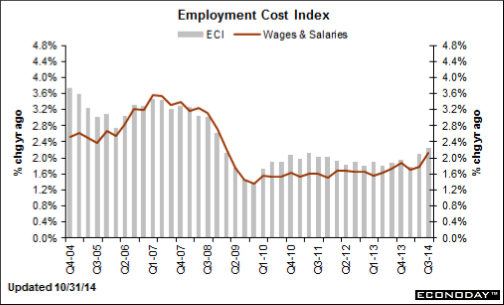Geopolitical Update: Russia and Ukraine
After a few months of calm, the situation in Ukraine is heating up. Russian tanks were reportedly crossing the border Friday and intense fighting between Russian separatists in Ukraine and government forces was reported over the weekend.
As has been the case, the truly negative event here is a full-on, blatant Russian invasion of Ukraine, but that appears unlikely still. In truth, the ruble has very quietly been crashing in the forex markets, and this move may be nothing more than a political ploy by Putin to re-direct focus to Russian military might.
Regardless, an escalation of violence could be a slight headwind on stocks but nothing major, at this point. Energy, however, will be a big winner from even a slight uptick in tensions, as there is little geopolitical risk premium in the energy complex right now. If you like high risk/reward setups, energy is the way to play this right now (via XLE or XOP/FCG).
This was an excerpt from the equities section of today’s Sevens Report. To continue reading today’s report simply sign up for a free trial on the right hand side of this page.

